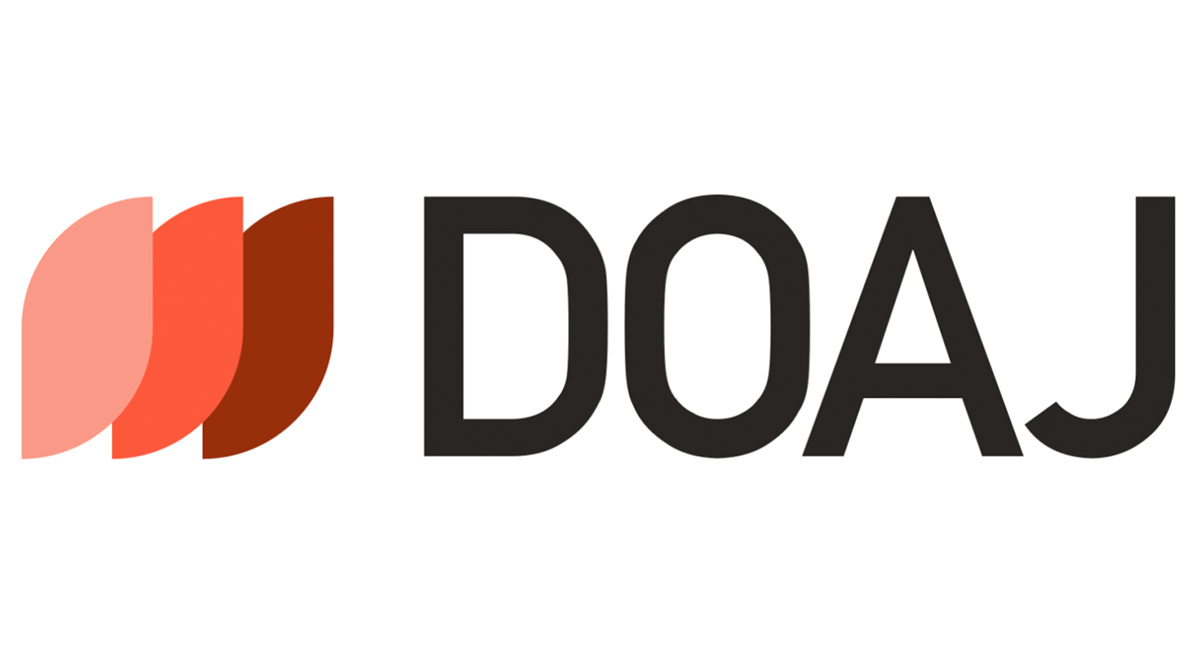The Quality of Interactive E-Learning for Students to understand the Course Material
DOI:
https://doi.org/10.31185/wjcm.56Abstract
E-learning is the acquiring of information that takes place through electronic devices and media, also known as online learning or electronic learning. E-learning can be understood as "learning is enabled electronically". Typically, online learning is conducted online. E-Learning typically occurs in the form of online courses, online degrees or online programmes. Online learning has many benefits over in person classes. These include students being able to undertake and study using self-paced learning and the opportunity to choose their study environment. This leads to low expenditure, low staff training, and low capital outlay. All these factors prove that e-learning will perform well in terms of business growth and development. Over the long-term, worldwide e-learning market is expected to grow significantly from $107 Billion in 2015 to $325 Billion in 2025. E-learning forces learners to concede some of their privileges. Higher cheating rate, peer pressure, and lack of skill development for online students are some challenges that need to be dealt with. This work integrates the usage patterns and reviews on the quality factors of e-learning based course materials for effectual outcomes in the academia
Downloads
References
A. K. Agariya and D. Singh, “e-Learning quality: Scale development and validation in Indian context,” Knowledge Management & ELearning: An International Journal, vol. 4, no. 4, pp. 500–517, 2012.
N. F. Al-Mushasha and A. B. Nassuora, “Factors Determining e-learning Service Quality in Jordanian. Higher Education Environment,” Journal of Applied Sciences, no. 14, pp. 12–12, 2012.
E. Åström, “E-learning quality. Aspects and criteria for evaluation of e-learning in higher education. (Högskoleverkets rapportserie 2008: 11 R). Solna: Swedish National Agency for Higher Education,” 2008.
C. Bremer, “Enhancing e-learning quality through the application of the AKUE procedure model,” Journal of Computer Assisted Learning, vol. 28, no. 1, pp. 15–26, 2012.
C. Ceobanu and L. Asandului, “A theoretical framework for quality indicators in elearning,” Turkish Online Journal of Distance Education, vol. 10, no. 4, 2009.
K. I. Clements and J. M. Pawlowski, “User-oriented quality for OER: understanding teachers’ views on re-use, quality, and trust,” Journal of Computer Assisted Learning, vol. 28, no. 1, pp. 4–14, 2012.
I. Dobre, “An Overview of the Most Important Aspects Related to Quality Assurance in Computer Supported Collaborative E-Learning,” International Journal of Computer Science Research and Application, vol. 2, no. 1, pp. 25–30, 2012.
U. D. Ehlers and J. R. Hilera, “Special Issue on quality in e-learning,” Journal of Computer Assisted Learning, vol. 28, no. 1, pp. 1–3, 2012.
S. A. Gamalel-Din, “Smart e-Learning: A greater perspective; from the fourth to the fifth generation e-learning,” Egyptian Informatics Journal, vol. 11, no. 1, pp. 39–48, 2010.
R. Cheung and D. Vogel, “Predicting user acceptance of collaborative technologies: An extension of the technology acceptance model for elearning,” Computers & Education, vol. 63, pp. 160–175, 2013.
M. J. Iqbal and M. Ahmad, “Enhancing Quality of Education through E-learning: The Case Study of Allama Iqbal Open University,” Turkish Online Journal of Distance Education, vol. 11, no. 1, pp. 84–97, 2010.
M. Z. Iqbal, M. W. Maharvi, S. A. Malik, and M. M. Khan, “An Empirical Analysis of the Relationship between Characteristics and Formative Evaluation of Training,” International Business Research, vol. 4, no. 1, pp. 273–286, 2011.
A. K. M. N. Islam, “Investigating e-learning system usage outcomes in the university context,” Computers & Education, vol. 69, pp. 387–399, 2013.
S. Jayakumar, S. Manimaran, and M. Gopianand, “Analysis of e-learning in business and tools for improving the effectiveness of the educational system,” International Journal of Computer Science and Mobile Computing, vol. 2, no. 5, pp. 109–113, 2013.
I. Jung, “Asian Learners’ Perception of Quality in Distance Education and Gender Differences. The International Review of Research in Open and Distance Learning,” 2012. 13.
D. L. Kirkpatrick and J. D. Kirkpatrick, “Implementing the four levels. A Practical Guide for Effective Evaluation of Training Programs,” 2007.
R. Lai and N. Sanusi, “Improving Higher Education Student Learning through a Table of Learning,” Creative Education, no. 07, pp. 150–157, 2013.
Y. C. Liu, Y. A. Huang, and C. Lin, “Organizational Factors’ Effects on the Success of E-Learning Systems and Organizational Benefits: An Empirical Study in Taiwan,” The International Review of Research in Open and Distance Learning, pp. 13–13, 2012.
S. Marshall, “Improving the quality of e-learning: lessons from the eMM,” Journal of Computer Assisted Learning, vol. 28, no. 1, pp. 65–78, 2012.
D. Masoumi and B. Lindström, “Quality in e-learning: a framework for promoting and assuring quality in virtual institutions,” Journal of Computer Assisted Learning, vol. 28, no. 1, pp. 27–41, 2012.
C. Meier, S. Seufert, and D. Euler, “Quality assessment and development in the course of the EFMD CEL programme accreditation,” Journal of Computer Assisted Learning, vol. 28, no. 1, pp. 52–64, 2012.
M. Misut, K. Pribilova, M. Orolinova, and K. Kotulakova, “Quality of Education Improvement through Adapted Kirkpatrick Evaluation Model,” Advances in Education Research, vol. 44, pp. 109–114, 2013.
R. Oliver, “Quality assurance and e-learning: blue skies and pragmatism,” Alt-J, vol. 13, no. 3, pp. 173–187, 2005.
E. Ossiannilsson Findings from European Benchmarking Exercises on E-Learning: Value and Impact. Creative Education, vol. 2, pp. 208–219, 2011.
Downloads
Published
Issue
Section
License
Copyright (c) 2022 Prof.Dr.Sundresan Perumal

This work is licensed under a Creative Commons Attribution 4.0 International License.






